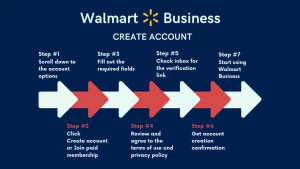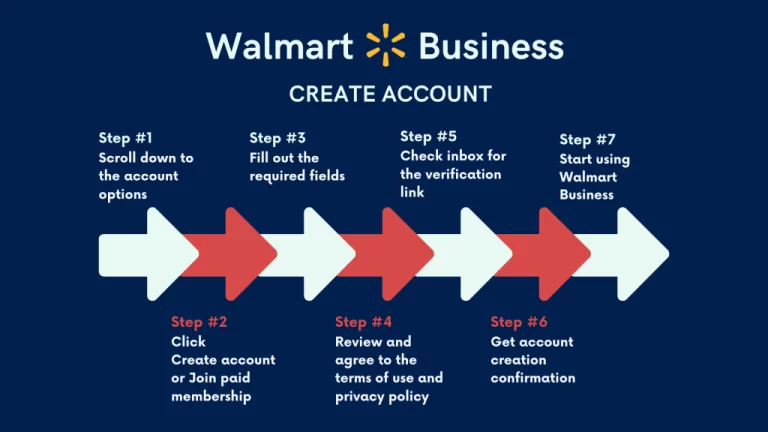
Introduction
In today’s digital age, real estate businesses are increasingly relying on property listing apps to efficiently
manage and showcase their properties to potential buyers. Laravel, being a popular PHP framework known for its
elegance and simplicity, presents an excellent choice for developing robust property listing applications. This
article will explore the benefits, key features, and steps involved in building a property listing app using the
Laravel framework.
Why Choose Laravel for Property Listing App?
Laravel offers several advantages that make it an ideal choice for building property listing apps. It provides a
clean, intuitive syntax that simplifies development and maintenance. Laravel’s modular approach allows for easy
extensibility and scalability, making it suitable for large-scale applications. Additionally, Laravel has an active
community and extensive documentation, ensuring excellent support for developers.
Key Features of a Property Listing App
A property listing app should offer a seamless user experience and provide essential features for both property
sellers and buyers. Here are some key features that can be implemented using Laravel:
- User registration and authentication: Users should be able to create accounts and log in securely.
- Property listing management: Property sellers should be able to add, edit, and delete property listings.
- Property search: Users should be able to search for properties based on various criteria such as location,
price range, and property type. - Image upload: Property sellers should be able to upload images of the property to showcase it to potential
buyers. - Property details: Each property listing should display detailed information such as property description,
amenities, and contact details. - Favorite properties: Users should have the option to save properties as favorites for future reference.
- Reviews and ratings: Users should be able to leave reviews and ratings for properties they have visited.
Step-by-Step Guide to Building a Property Listing App using Laravel
Step 1: Setting up Laravel
Start by installing Laravel using Composer, a dependency manager for PHP. Laravel provides a website with detailed
instructions for installation. Once installed, create a new Laravel project using the command line.
Step 2: Database Configuration
Configure the database settings in the .env file to connect Laravel with your preferred database
system such as MySQL or PostgreSQL. Laravel’s database migration feature allows for easy management and version
control of the database schema.
Step 3: User Management
Implement user registration and authentication using Laravel’s built-in authentication system. This will provide
secure access to the property listing app for both buyers and sellers.
Step 4: Property Listings
Create a database table to store property listings and define its corresponding Laravel model. Use Laravel’s
migration feature to create the table with the necessary fields such as property title, description, price, and
image URLs. Implement CRUD (Create, Read, Update, Delete) operations for managing property listings.
Step 5: Property Search
Implement a search functionality that allows users to search for properties based on location, price range, and
property type. Utilize Laravel’s query builder to construct efficient database queries.
Step 6: Image Upload
Implement an image upload feature by leveraging Laravel’s file handling capabilities. Users should be able to
upload images of the property during the listing creation process.
Step 7: Property Details
Create a property details page that displays all the relevant information about a particular property. This
includes the property description, amenities, contact details, and images.
Step 8: Favorite Properties
Allow users to mark properties as favorites, providing them with a convenient way to save and access properties
they are interested in.
Step 9: Reviews and Ratings
Implement a review and rating system that allows users to share their feedback and experiences with particular
properties. This adds social proof and helps other users in their decision-making process.
Conclusion
Building a property listing app using Laravel offers an efficient and scalable solution for real estate businesses.
By following the step-by-step guide outlined in this article, you can create a feature-rich property listing app
that ensures a seamless user experience. Laravel’s flexibility and extensive documentation make it an excellent
choice for developing such applications. Start exploring the possibilities of Laravel and transform your real
estate business with a cutting-edge property listing app!










Thanks for your help and for writing this post. It’s been great.
You helped me a lot by posting this article and I love what I’m learning.
I believe that is one of the most significant info for me. And i am happy reading your article. However want to remark on few common issues, The website taste is wonderful, the articles is in reality excellent : D. Excellent process, cheers
Wow, fantastic weblog format! How lengthy have you been running a blog for?
you make running a blog glance easy. The overall look of your site is excellent, let
alone the content material! You can see similar here
e-commerce
Wow, marvelous blog structure! How long have you ever been running a blog for?
you make blogging look easy. The overall look of your web site is excellent, as smartly
as the content material! You can see similar here sklep online